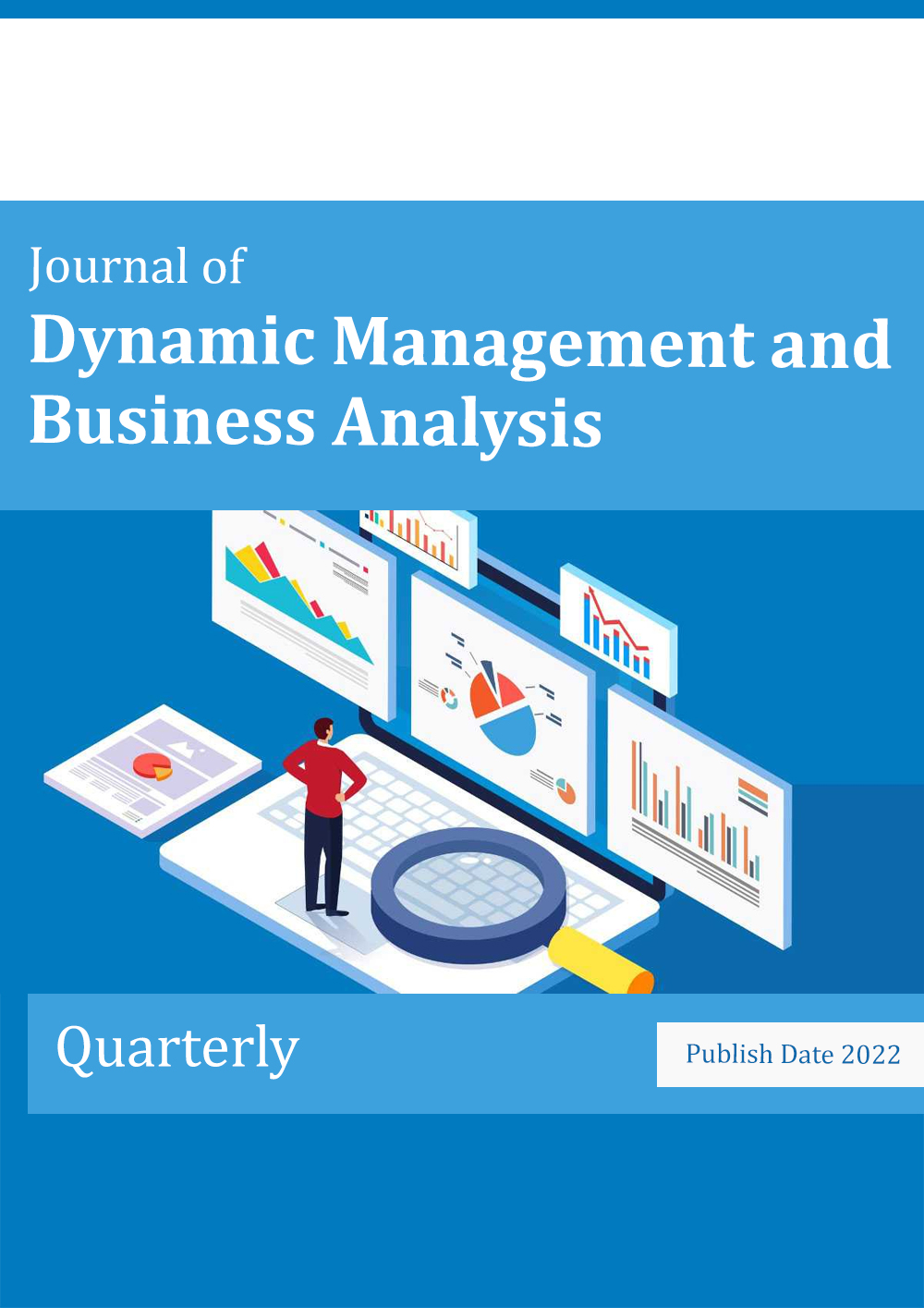Designing a Qualitative Model of Verbal Hypnotism in Working Relationships of Government Organizations
Keywords:
Verbal Hypnotism, Companionship with the Audience's Experience and Feeling, Ambiguity in the Audience's Conscious Mind, Access to the Audience's UnconsciousAbstract
Verbal hypnosis as a communication technique plays a multifaceted role in strengthening working relationships in government organizations and acts as a catalyst for improving interpersonal and group communication, trust building and effective change management. The main goal of the current research is to design a qualitative model of verbal hypnotism in working relationships of government organizations. The research design in this study is qualitative and content analysis method is used. The statistical population of the present study are experts in the fields of public administration and psychology who have conducted research in the field of verbal hypnotism and verbal communication. The sampling method is snow neck, based on which 15 people were interviewed. The data collection tool was open semi-structured interview. Content validity (experts) and face validity were used to measure the instrument's validity. In order to validate the coding process and quality control of the questionnaire, Cohen's kappa index was used in the qualitative part. The findings of the research showed that the qualitative model of verbal hypnotism in the working relationships of government organizations includes 1. Synchronization and companionship with the experience and feelings of the audience (which includes: the first meeting, creating mental conflict to distract the audience, creating harmony with the audience, feeling valuable , asking intelligent questions and creating and maintaining effective communication) 2. Deviation and ambiguity in the conscious mind of the audience (including deviation in the conscious mind of the audience, ambiguity in words, downplaying the facts, attracting attention, processing social information) and 3. Accessing the subconscious mind of the audience (includes discovering unconscious stimuli, mental imagery, using special words and discovering new facts).






